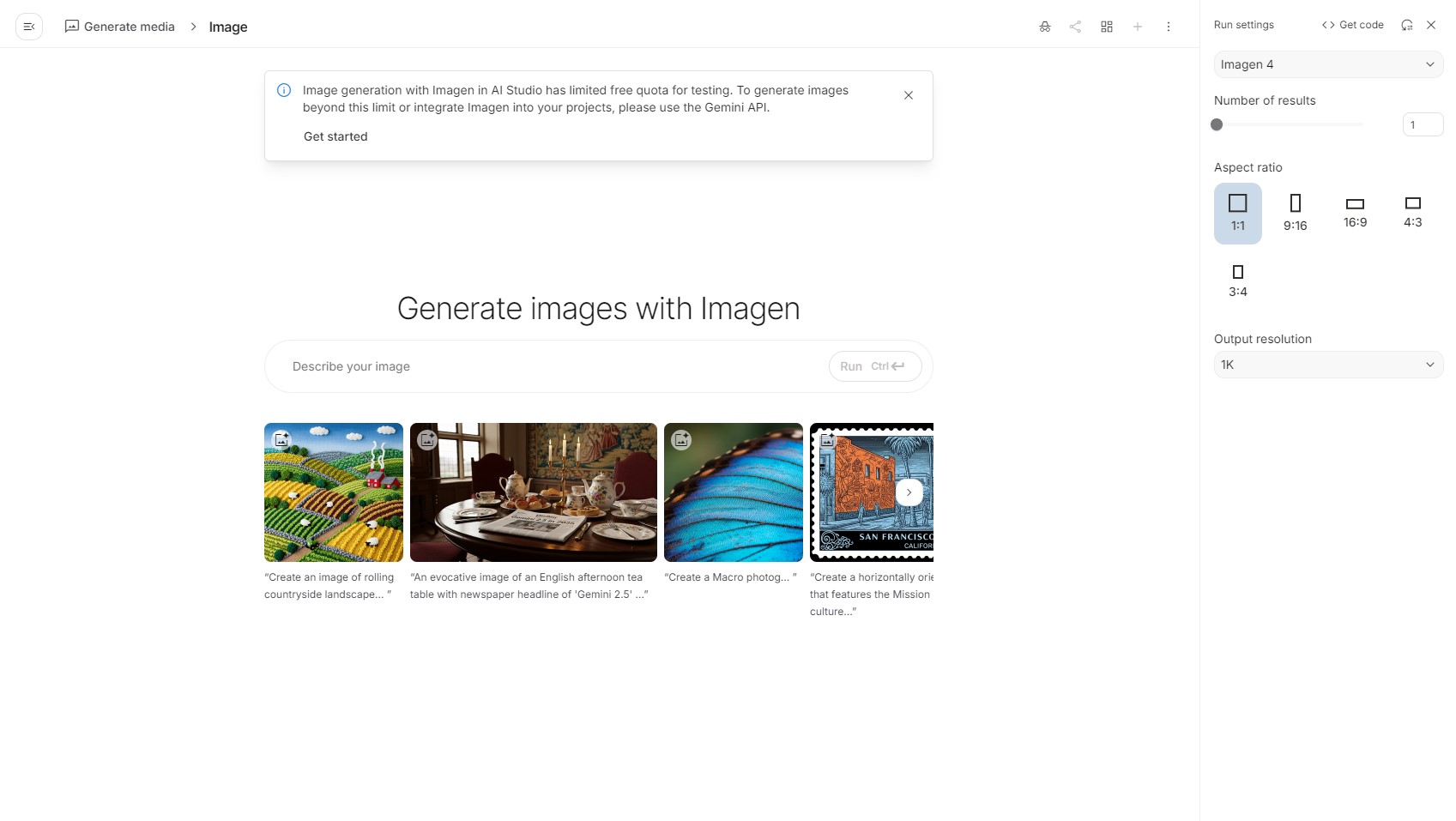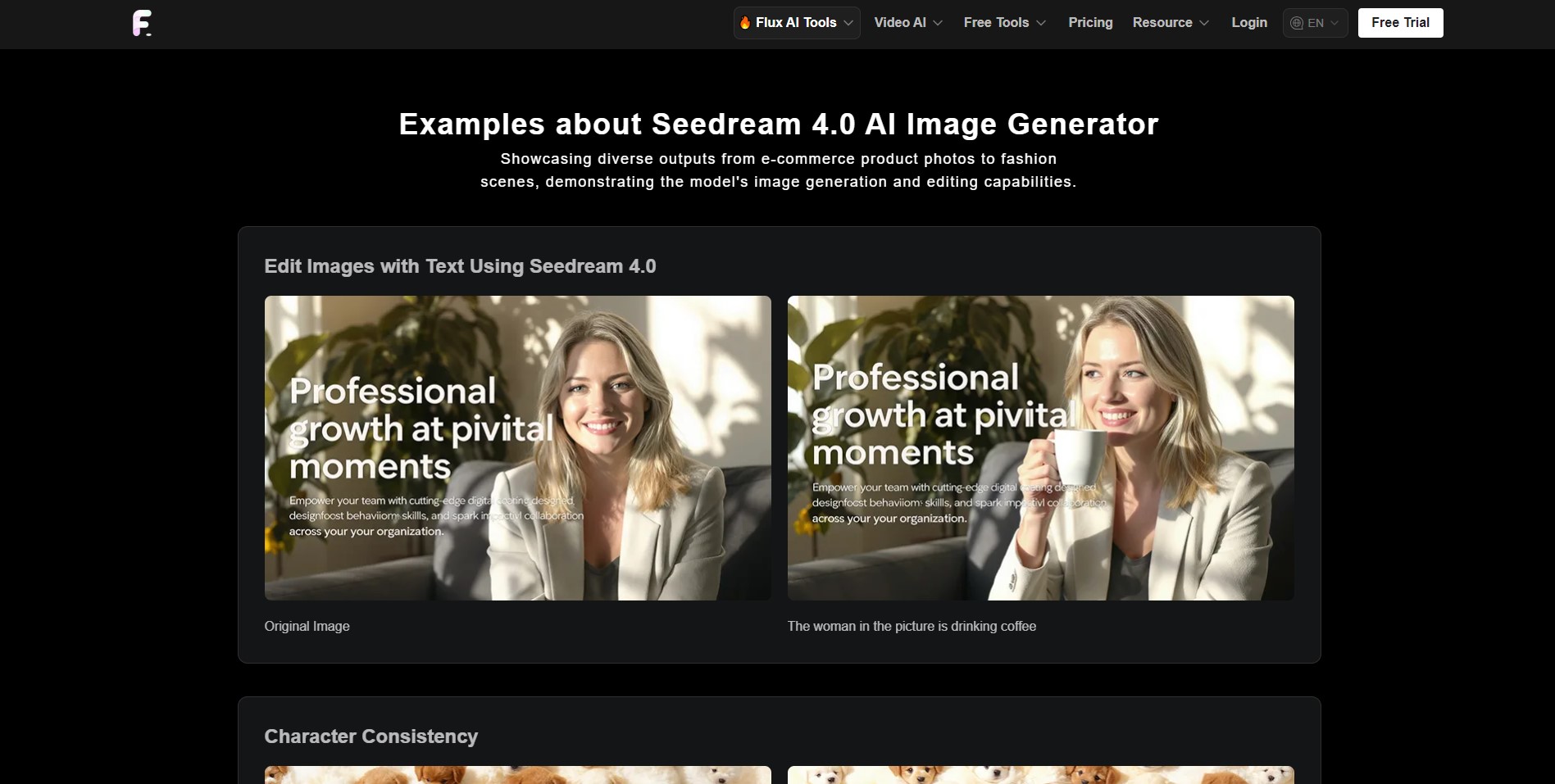Hey everyone! I’m a content creator and a huge fan of AI technology. Lately, I’ve spent a lot of time diving into two of the biggest names in AI image generation: Nano Banana and Seedream AI. I know many of you are wondering which tool is the best fit for your work and passion.
Is Seedream AI really the “speed king” everyone talks about? And does Nano Banana live up to its reputation as a “creative powerhouse”?
In this article, I’ll give you an honest and in-depth look at both tools. I’ve spent hundreds of hours experimenting and comparing every feature, from speed and image quality to editing capabilities and character consistency.
I won’t just talk about dry statistics. I’ll share my real-world experience as a user. I hope this review helps you get a complete picture and make the best decision.

What is Nano Banana and Why the Hype?
The Origin and Technology Behind Nano Banana
Nano Banana is an advanced AI image generation and editing model developed by Google DeepMind. It’s a key feature of the Gemini 2.5 Flash model. When it first came out, Nano Banana caused a stir in the AI community.
I remember how people were amazed by its incredible realism and detail. Technically, Nano Banana uses a special architecture to understand and process complex prompts, which lets it create images that are not only beautiful but also logically sound.
My Real-World Experience with Nano Banana
After using it, I can say Nano Banana is a true artist. With just a few keywords, it can create images with soul, depth, and amazing realism. I asked it to create a picture of “a girl reading a book under a maple tree in autumn,” and the result was stunning. Every single leaf and sunbeam was rendered with incredible detail.
However, I did notice that Nano Banana isn’t as fast as Seedream AI. While it only takes about 10-20 seconds to generate an image, this time adds up when you need to create hundreds of images for a project. Still, the output quality of Nano Banana is consistently reliable and top-notch.
The Pros and Cons of Nano Banana
- Pros:
- Top-tier image quality: Realism and detail are what Nano Banana is famous for.
- Powerful image editing: Its natural language editing capabilities are incredibly flexible. You can change the background, outfits, or add/remove objects with just a few words.
- Character consistency: This is a feature I really love. When I create a series of images with the same character, the AI maintains their look and features perfectly.
- Cons:
- Not the fastest: While it’s fast, it can’t match the speed of Seedream AI.
- Requires detailed prompts: To get the best results, you need to be very specific and detailed with your prompts.

Seedream AI: The New Speed King?
What is Seedream AI and Its Technology
Seedream AI is developed by ByteDance (the parent company of TikTok). It was launched to compete directly with other AI image models. The main focus of Seedream AI is speed and performance. I was skeptical when I first saw the generation speeds mentioned online.
From a technology standpoint, Seedream AI uses a “Mixture of Experts” (MoE) architecture. This allows it to handle tasks incredibly efficiently and quickly. Thanks to MoE, the AI can focus on the most relevant “experts” to process your prompt, which saves a huge amount of time and resources.
My Real-World Experience with Seedream AI
The first time I used Seedream AI, I was genuinely shocked by its speed. You just type your prompt, hit Enter, and “poof!” a 2K image appears in under two seconds. It feels like you’re talking to a friend and the image instantly materializes. This is a massive advantage for anyone who works with a large volume of images, like me.
However, I did notice that Seedream AI can sometimes have small errors, especially with complex details. For example, when I tried to generate images with hands, the number of fingers was sometimes incorrect. Still, with its insane speed, you can easily regenerate the image to fix these minor issues.
The Pros and Cons of Seedream AI
- Pros:
- Blazing fast speed: This is its biggest advantage. If you need to generate images quickly, Seedream AI is the top choice.
- High consistency: Seedream AI does an excellent job of maintaining character and style consistency across images.
- Multi-reference understanding: You can upload multiple images for the AI to reference, which leads to more accurate and specific results.
- Cons:
- Minor errors: It occasionally has small glitches with details, though they are not common.
- Less realism: While the images are beautiful, they sometimes don’t reach the same level of pure realism as Nano Banana.
Deeper Comparison: Nano Banana vs Seedream AI Across Key Factors
1. Integration and Accessibility
- Nano Banana: This tool wins in terms of accessibility. Being a part of the Google ecosystem, it’s easily accessible through Google AI Studio and the Gemini app. This means a user with a Google account can start using it almost instantly, with a familiar and intuitive interface. Its deep integration with other Google services might also offer future advantages for workflow automation.
- Seedream AI: As a ByteDance product, Seedream AI is primarily available through specific platforms and APIs. While it may be integrated into ByteDance’s own products, its wider accessibility is still catching up. This might mean a slightly more involved setup process for users who are not already in the ByteDance ecosystem.
2. Control and Customization
- Nano Banana: Nano Banana offers a high degree of control through its advanced prompt-to-image capabilities. You can be incredibly specific about lighting, camera angles, and textures. This makes it a great tool for professionals who need to fine-tune every aspect of their image. Its editing functions are particularly powerful for complex, targeted changes.
- Seedream AI: Seedream AI focuses on speed and efficiency. While it provides excellent control over core elements like style and subject, it might be slightly less granular in a side-by-side comparison with Nano Banana. However, its speed allows for rapid iteration. If you don’t get the perfect result on the first try, you can simply generate a new image in a second, which is a form of control in itself.
3. Performance and Scalability
- Nano Banana: Nano Banana is a high-performance tool, but its generation time, while fast, is still measured in seconds. For individual projects or small batches, this is perfectly fine. However, when it comes to massive-scale generation for a large company or a campaign with thousands of assets, those extra seconds per image can add up.
- Seedream AI: Seedream AI’s speed is its biggest asset for scalability. The ability to generate images in under two seconds means you can scale your content creation to unprecedented levels. This makes it an ideal choice for e-commerce, advertising, and other industries where a high volume of visual assets is required daily.
4. User Interface and Experience
- Nano Banana: The UI for Nano Banana (typically seen in Google AI Studio) is clean, intuitive, and follows Google’s established design principles. It’s a familiar and comfortable experience for anyone used to Google’s products.
- Seedream AI: While the UI for Seedream AI might vary depending on the platform it’s integrated into, its core user experience is built around speed and simplicity. The focus is on a streamlined workflow, from text input to image output, minimizing any unnecessary steps.
So, Which Tool is Right for You?
Choosing between Nano Banana and Seedream AI comes down to your priorities.
- Choose Nano Banana if… you prioritize absolute quality, photorealism, and advanced editing control. It’s perfect for artists, designers, and professionals who need to create stunning, one-of-a-kind images.
- Choose Seedream AI if… you prioritize speed, efficiency, and consistent output at scale. It’s the ideal tool for marketers, e-commerce businesses, and content creators who need to produce a high volume of visual assets quickly.
See more articles: Seedream 4.0: The Ultimate AI Image Generator Review
Frequently Asked Questions about Nano Banana and Seedream AI
Is Nano Banana free to use?
Nano Banana is integrated into Google AI Studio and other Google services. Some features may be free, but there are also paid plans. You should check the platforms directly for specific details.
Does Seedream AI have a free trial?
Seedream AI may offer a free trial or a limited number of free generations on certain platforms.
Do I need to know how to code to use Nano Banana or Seedream AI?
No. Both tools have user-friendly interfaces and you just need to enter commands in natural language to use them.
Can these tools create 4K images?
Yes, both tools are capable of generating images in high resolutions, including 2K and 4K.
What about data privacy with these tools?
Both Google and ByteDance have specific privacy policies. It’s important to read their terms of service to understand how your data and generated images are handled. Generally, they use your data to improve their models, but you have control over your content.
Final Thoughts
The “battle” between Nano Banana and Seedream AI is truly fascinating. One is an “artist” with the ability to create soulful works, and the other is a “sprinter” with unparalleled speed. After many hours of testing, I believe both are incredible tools that will continue to shape the future of AI image generation.
If you’re looking for a tool to elevate your work or passion, don’t hesitate to try Nano Banana and Seedream AI. I believe you will find your perfect match in this colorful world of AI. Start your creative journey today!

